Native Bees
Why are Native Bees Important
- Bees are the most important group of pollinators
- Only bees deliberately gather pollen to bring back to nests to feed offspring (with exception of a few wasp species)
- On a single foraging trip, a female bee may visit hundreds of flowers, transferring pollen the entire way
- Exhibit flower constancy, meaning they repeatedly visit one plant species on any given foraging trip
- Native bees are estimated to pollinate 80 percent of flowering plants around the world.
- Habitat loss, alteration, and fragmentation, pesticide use, climate change and introduced diseases all contribute to declines of bees.
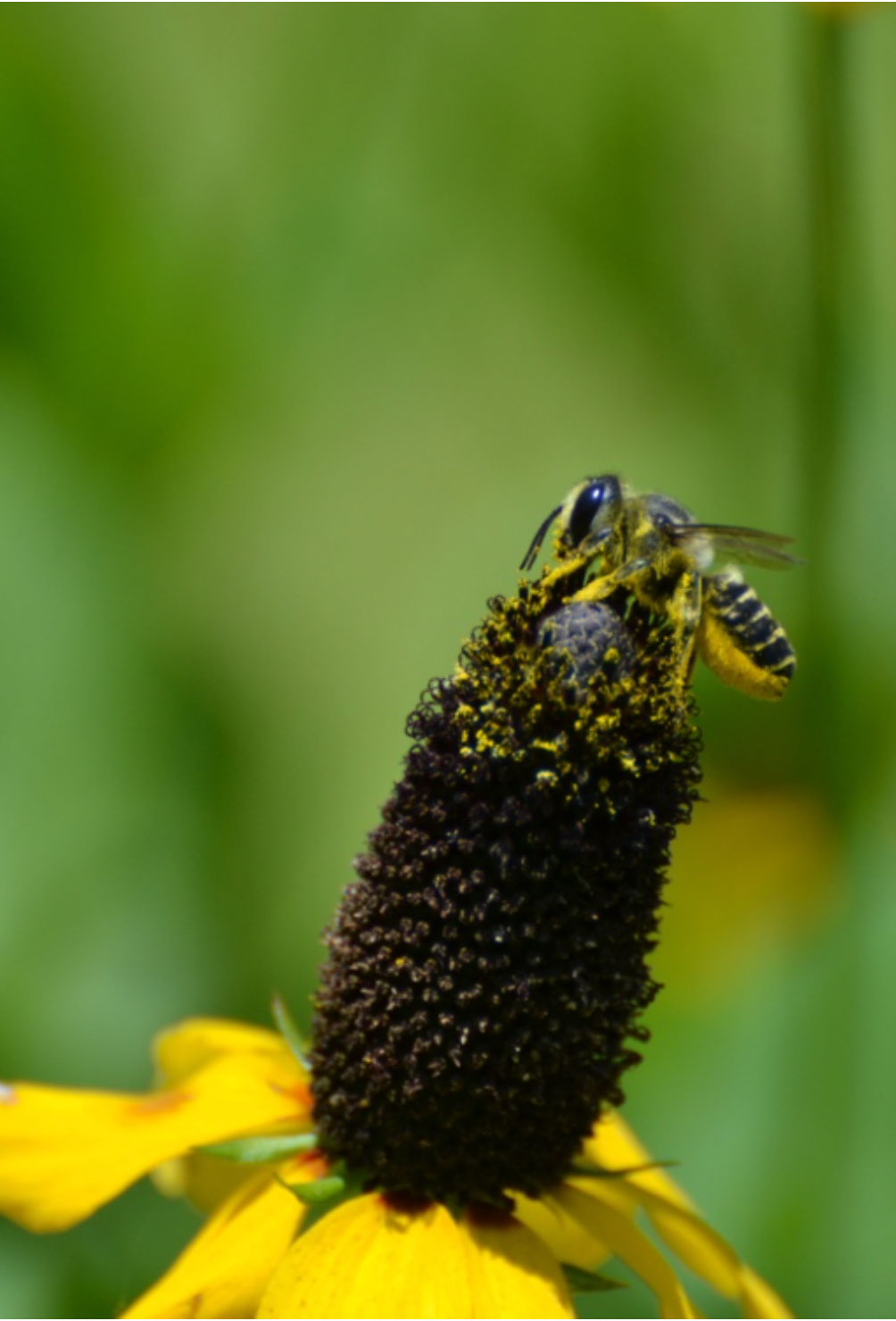
About Our Native Bees
- Most native bees (90%) are solitary and do not nest in colonies
- 70% of native bees nest in the ground and 30% nest in cavities such as hollow stems
- All bees undergo complete metamorphosis – egg, larvae, pupae, adult
- Only female bees collect pollen and construct nests for their young
- Some female bees collect dry pollen on specialized hairs called scopa on the rear legs, underside of the abdomen, or rear of the thorax
- Some female bees such as bumble bees carry pollen in their corbicula, a smooth cavity on their hind legs surrounded by a ring of hairs
- There are over 200 species of native bees found in Louisiana
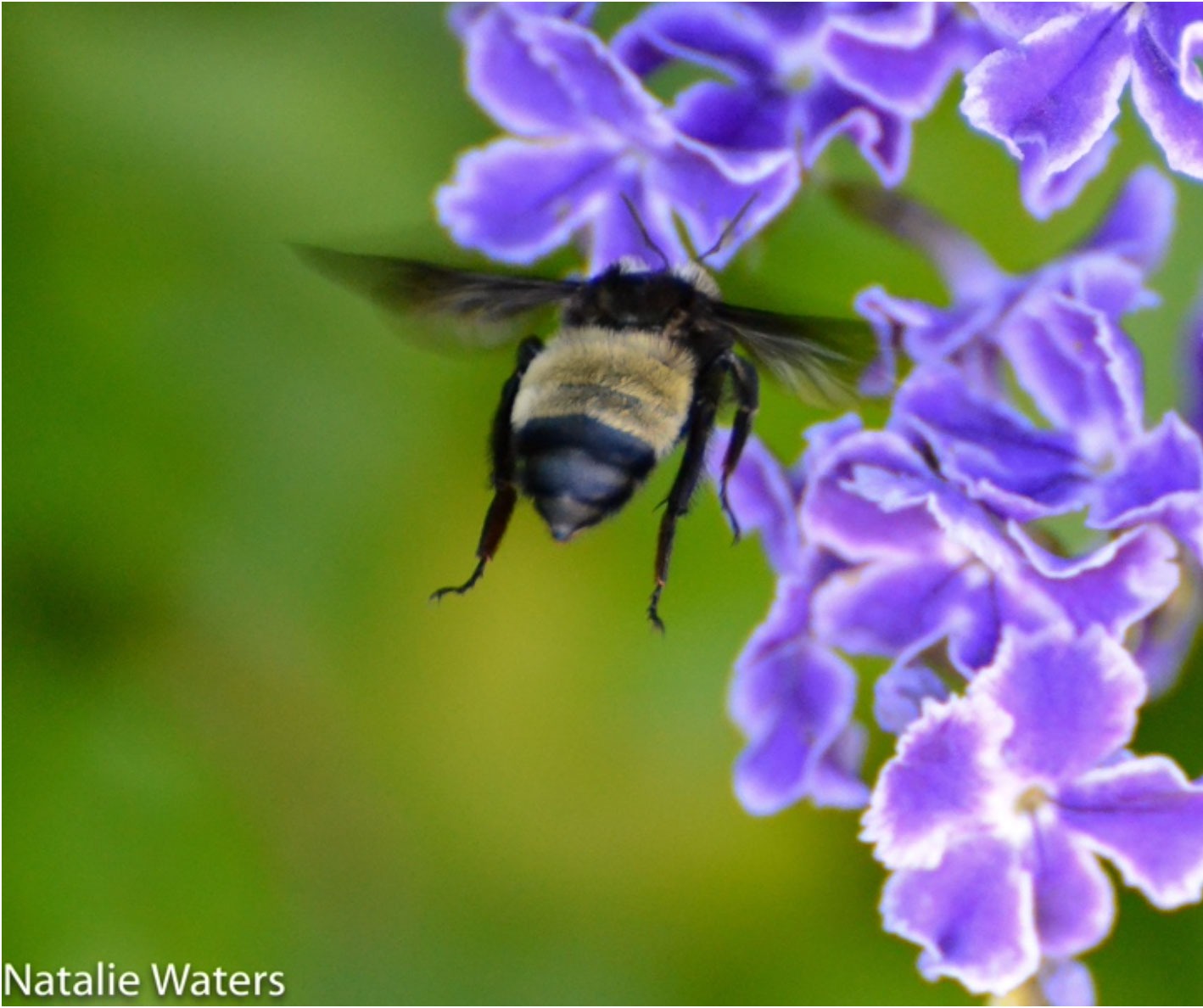
Specialist & Generalist Bees
- Most bees can be separated into two categories of female pollen preferences – specialists or generalists
- Specialist bees have evolved a specific relationship with a few or even just one plant species
- These specialists emerge from their nests the same time their host plant begins to flower
- Roughly 25% of the ~770 species of bees native to the eastern United States are pollen specialists – many are listed as rare
- Generalist bees are less picky about the flowers they gather pollen from and often visit a wide range of flower types and species when seeking out pollen
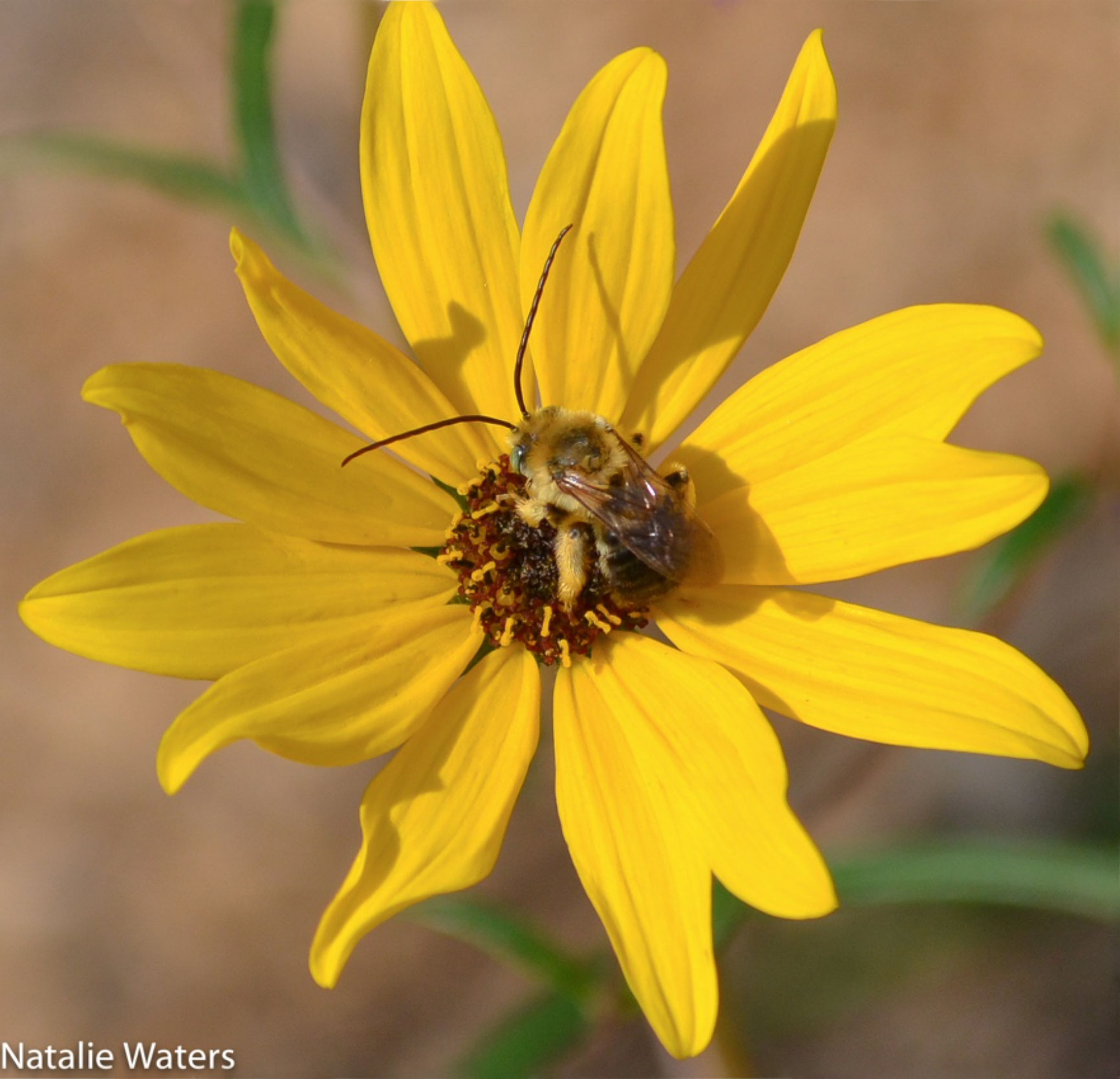
Top Plants for Native Bees
- Early Spring: golden alexanders, yellow wild indigo
- Early-mid Spring: butterfly milkweed, clasping coneflower, gulf coast penstemon, lanceleaf coreopsis
- Mid-Late Summer: Eastern rosemallow, black-eyed Susan, rattlesnake master, wild bergamot, spotted beebalm, joe-pye weed, blazing star, ironweed, butterfly gaura, Indian Blanket Flower
- Late Summer-Fall: swamp sunflower, goldenrod, asters
- Shrubs, Trees & Vines: highbush blueberry, black willow, black cherry, redbud, roughleaf dogwood, button bush, maypop
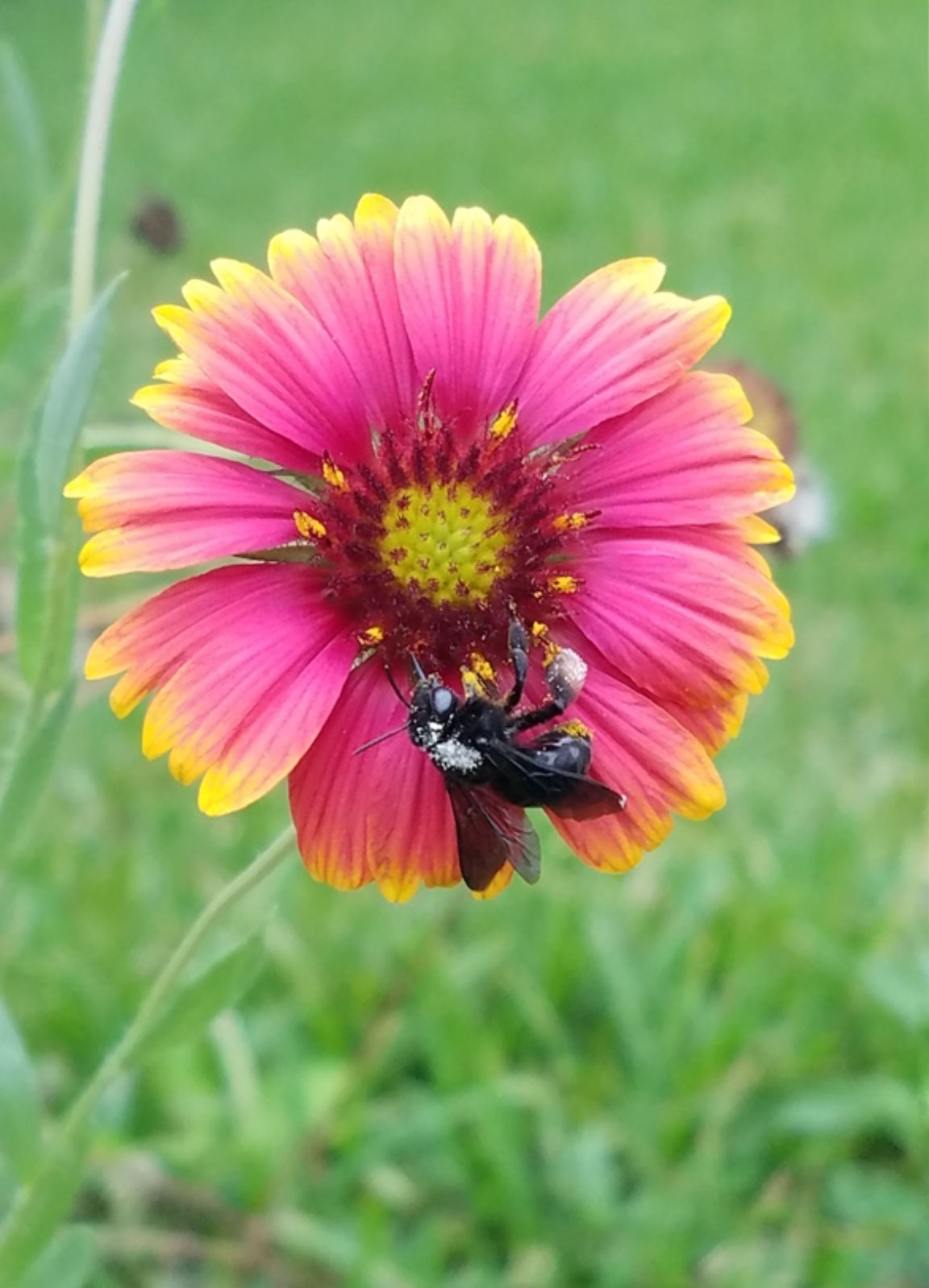
Providing Nesting Habitat for Native Bees
- Save the stems – Hollow or pithy plant stems like Joe Pye weed or ironweed provide nesting habitat for cavity nesting bees such as the leafcutter, mason, and small carpenter bees. Prune dead flower stalks early in the spring to create nest sites shortly before the first bee start flying, make your cuts at varying heights from about 9-24 inches. New growth on the perennial will hide the stem stubble.
- Leaves the leaves – they provide insulation and shelter for many species including overwintering queen bumble bees and many butterflies and moths use leaf litter for winter protection of eggs, caterpillars, chrysalises, or adults.
- Save a snag or “plant” a log – they provide a plethora of resources for insects including nest sites for cavity nesting bees
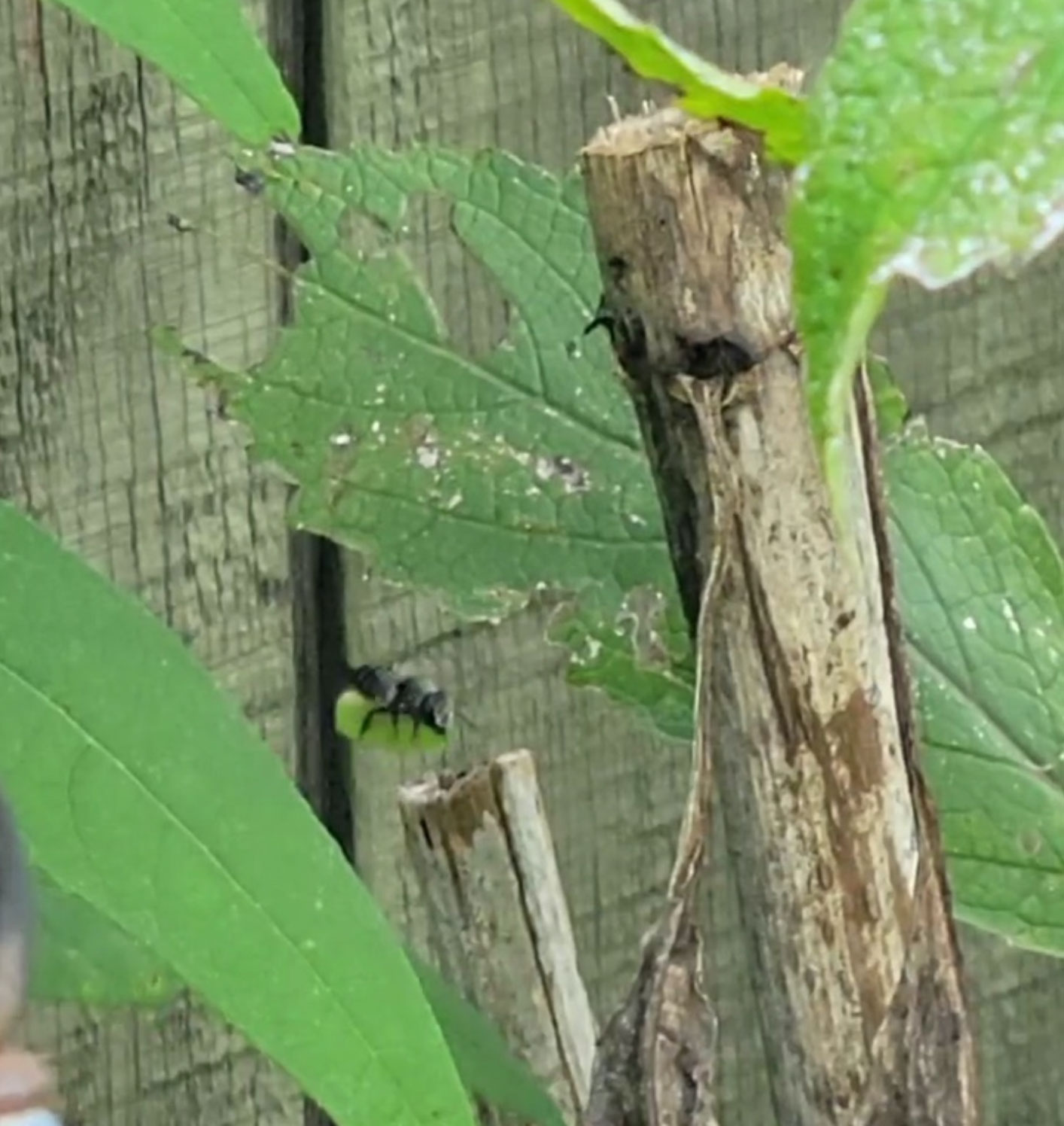
Additional Ways to Help Native Bees
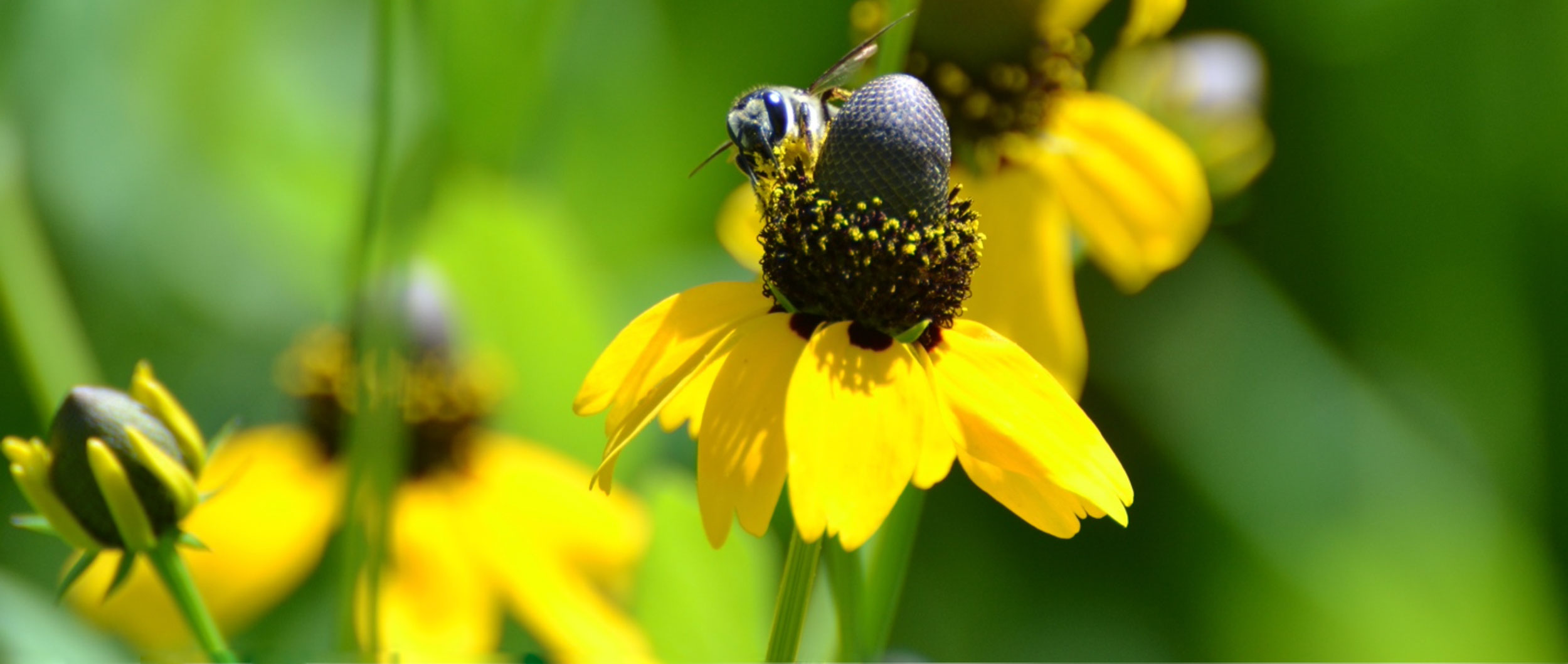
- Avoid using pesticides – Neonicotinoids are a group of insecticides used widely on farms and in urban landscapes. Although less acutely toxic to mammals and other vertebrates than older insecticides, neonicotinoids are highly toxic in small quantities to bees and other beneficial insects.
- Grow a variety of pollinator friendly plants – remember that native plants are adapted to local soils and climates and usually are the best sources of nectar and pollen for native pollinators
- Add a pollinator habitat sign to your yard – Let your friends and neighbors know your garden is providing resources for our pollinators! Spread the word! Visit Xerces Society Gift Shop or Monarch Joint Venture
- Become a citizen scientist – Download the iNaturalist app, Bumble Bee Watch app, or host a Beeblitz to record and submit your native bee observations to scientists!

